Kurt Vonnegut Jr. was born November 11, 1922 in Indianapolis, Indiana. He published his first novel, Player Piano, some 30 years later, and in the decades after that, proceeded to become one of this country’s most beloved and influential writers. To celebrate the centennial of his birth, here are a few of our favorite Vonnegut-ian reads.
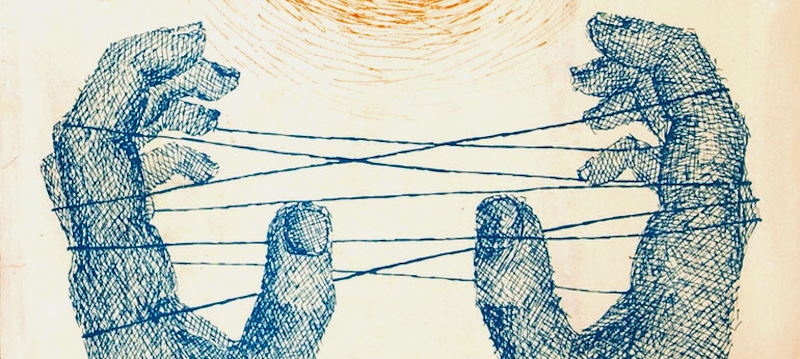
Kurt Vonnegut’s Advice for the Impatient Writer
Hint: Don’t Wait For Your Loved Ones to Die
What if you love to write, you want to be a writer, but you don’t feel that something sufficiently monumental has happened to you? That is, sufficiently monumental about which it is worthwhile to write? Vonnegut has some things to say about that.

Kurt Vonnegut Really, Really Hated Guns
“I wouldn’t have one of the motherfuckers in my house for anything.”
In Fates Worse than Death, his autobiographical collage of the 1980s, Vonnegut admits that he and his father, years back, were NRA members, and that Vonnegut himself, “used to be very good with guns.” Growing up in Indianapolis in the 1930s, Vonnegut kept a small arsenal in his bedroom, impressing his male cousin with his collection of rifles, shotguns, and antique pistols. Yet the infatuation did not last. Fifty years later, Vonnegut, in an interview with The Nation, described the presence of guns in human hands as “intolerable” and later wrote that he “wouldn’t have one of the motherfuckers in my house for anything.”
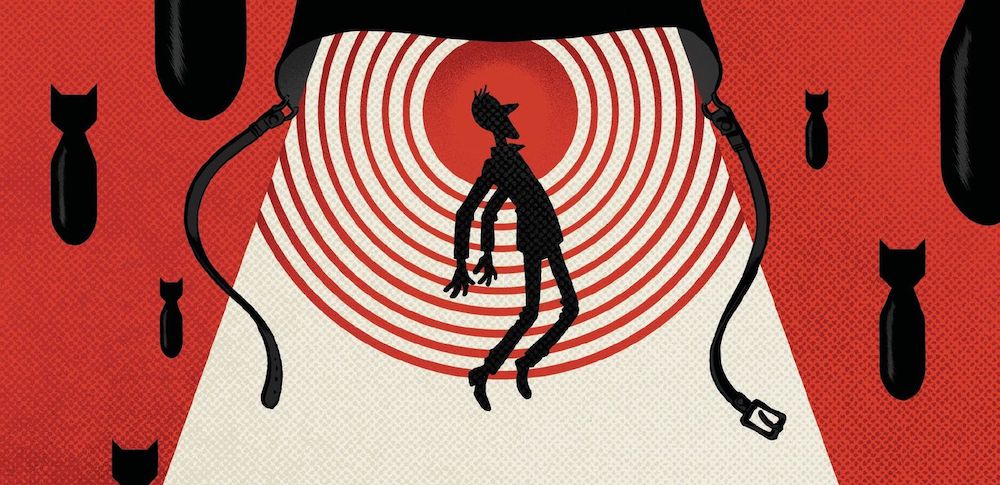
On Slaughterhouse-Five, the “Ultimate PTSD Novel”
Tom Roston Considers the Ongoing Popularity of Kurt Vonnegut’s Classic
“Rereading Slaughterhouse-Five taught me two things about the novel: how great it really is, and what it’s really about. It’s not about time travel and flying saucers, it’s about PTSD,” wrote William Deresiewicz, an author and critic, in The Nation magazine in 2012.
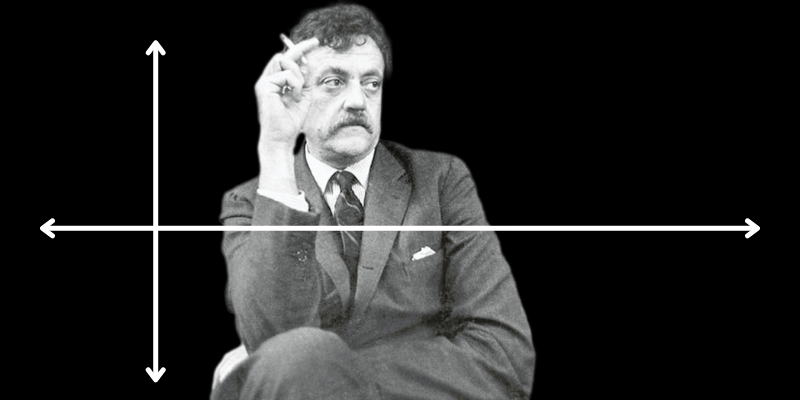
Watch Kurt Vonnegut explain the different shapes of stories.
by Katie Yee
He begins: “Stories have very simple shapes, ones that computers can understand.” And then he goes on to do a little literary stand-up comedy, tracing the story arc of Hamlet, The Metamorphosis, and even Cinderella. Not by plot, but by the feelings of the characters we follow. For Kurt Vonnegut, the true movement of a story lays in a character’s happiness.

Read a 1952 Review of Kurt Vonnegut’s First Novel
from Book Marks
“Player Piano is a less earnest book than either Caesar’s Column or The Iron Heel, and a less serious one than Brave New World, but what Mr. Vonnegut lacks in fervor he more than makes up in fun. To take only one example, nothing could be more amusing than his account of the antics of the aspiring engineers when they gather on an island in the St. Lawrence for pep talks, competitive sports, formalized informality and the careful cultivation of the big shots. Whether he is a trustworthy prophet or not, Mr. Vonnegut is a sharp-eyed satirist.”
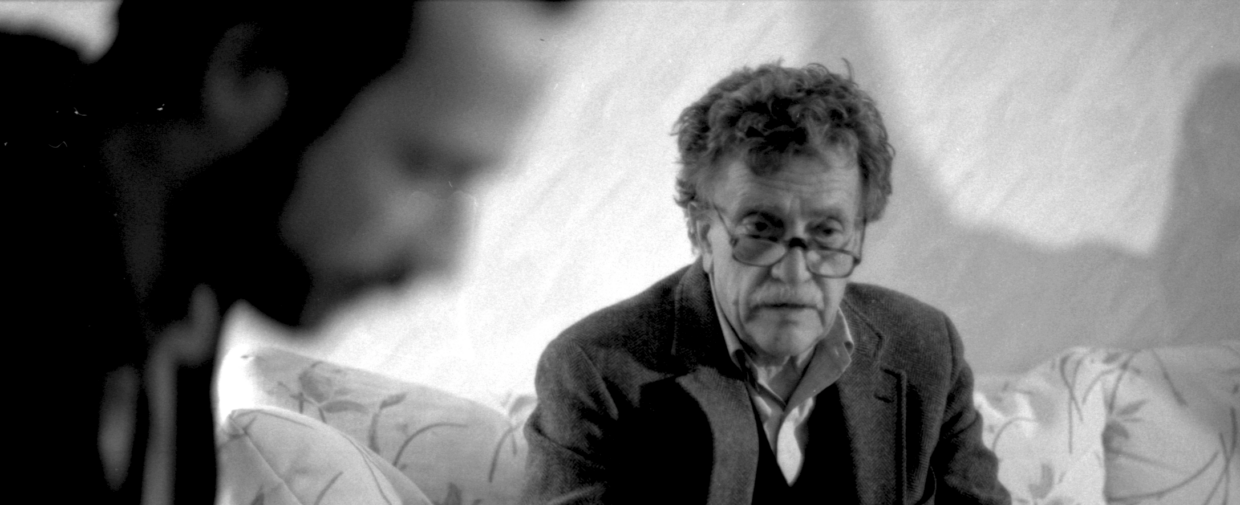
A Fan’s Notes: The Kurt Vonnegut Documentary 40 Years in the Making
Jonny Diamond on Kurt Vonnegut: Unstuck in Time
If the purpose of a literary biography is to unpack the whys and whens and hows that animate a writer’s work, Unstuck in Time is a brilliant success. Like much of its subject’s writing, it is tender, smart, funny, candid, and dark. Crucially, it reminds us of what, for me at least, has been so important about Vonnegut’s writing: the idea that kindness is not the same as weakness, and that it is the institutions we create that do us the most harm, not one another.
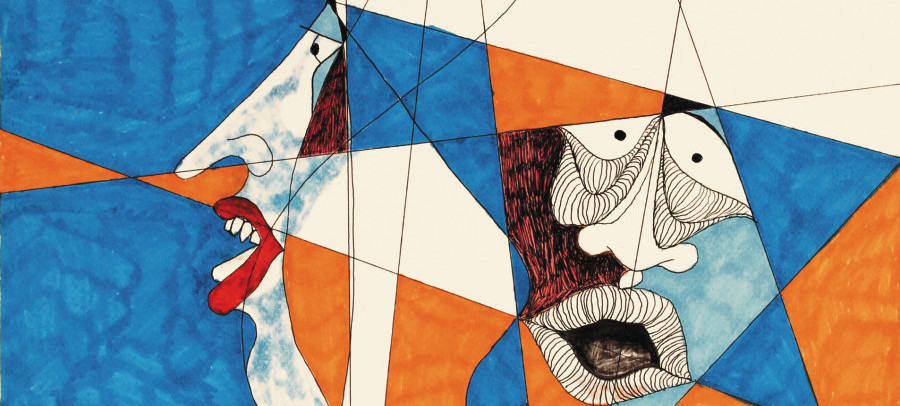
Kurt Vonnegut’s Greatest Writing Advice
“Literature should not disappear up its own asshole,” and other craft imperatives
“If you want to really hurt your parents, and you don’t have the nerve to be gay, the least you can do is go into the arts. I’m not kidding. The arts are not a way to make a living. They are a very human way of making life more bearable. Practicing an art, no matter how well or badly, is a way to make your soul grow, for heaven’s sake. Sing in the shower. Dance to the radio. Tell stories. Write a poem to a friend, even a lousy poem. Do it as well as you possible can. You will get an enormous reward. You will have created something.”
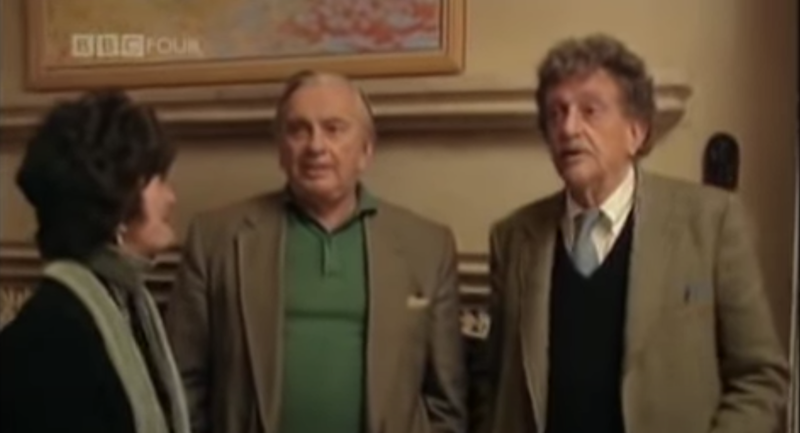
Watch this video of Gore Vidal roasting Kurt Vonnegut (and um, hitting on his wife).
by Walker Caplan
In under two minutes, Vidal—known for his mean witticisms—hits on Jill Krementz; says he was the first choice for Vonnegut’s cameo in Back to School (where Vonnegut plays himself); and owns up to insulting Truman Capote upon his death. And Vonnegut loves it.
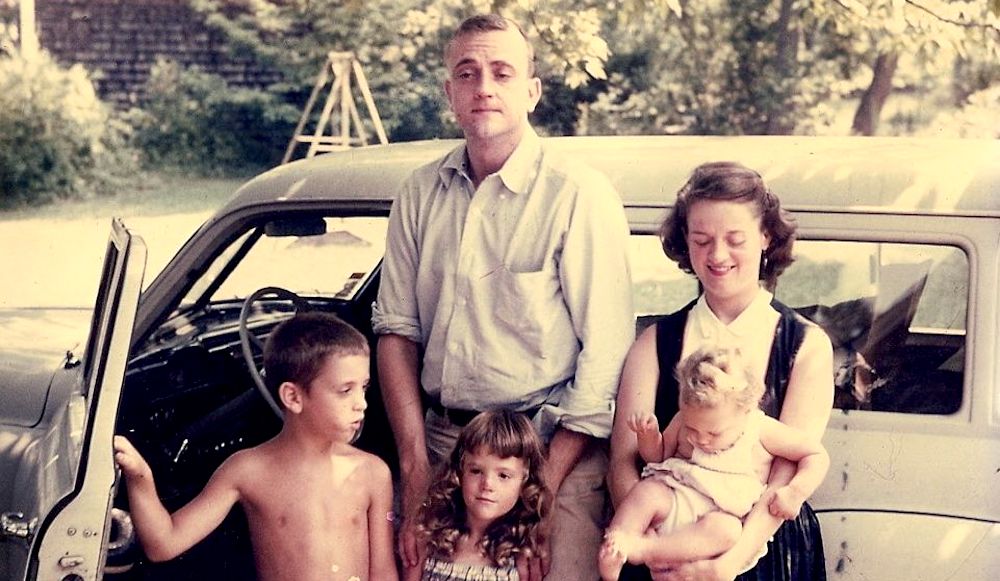
Edith Vonnegut on the Love Letters of Kurt and Jane Vonnegut
“Jane recognized her husband’s tremendous talent and put her own dreams and ambitions aside.”
On July 2, 1945, on the way from France back to Camp Atterbury, Indiana, Kurt stopped in Washington, D.C., to see Jane and convince her to break it off with her other suitors. They continued on to Indianapolis together, as Jane wanted to see her mother, who had had another nervous breakdown. Kurt proposed marriage in Indianapolis, and Jane accepted.
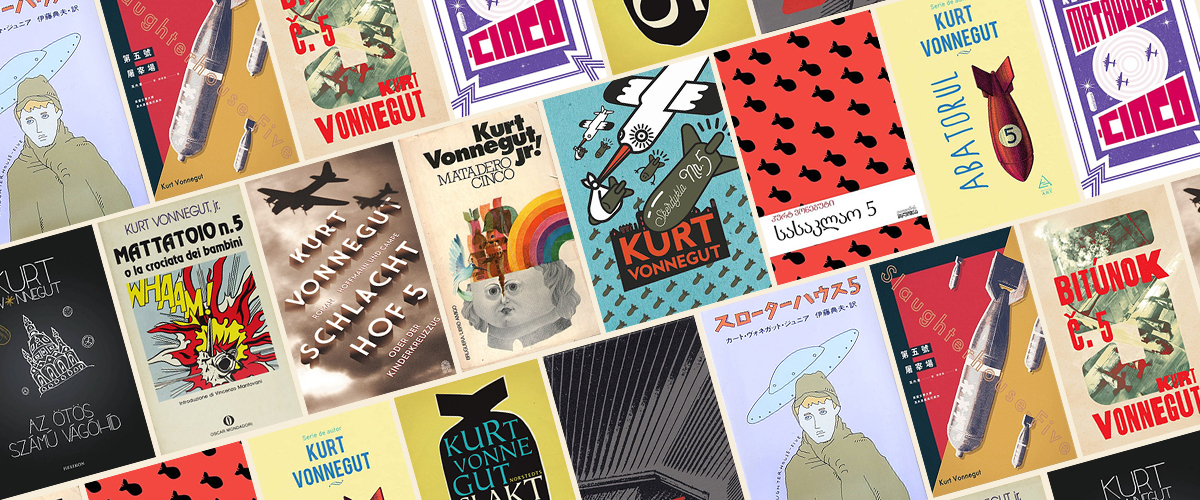
The 50 Best Slaughterhouse-Five Covers from Around the World
For the Iconic Novel’s 50th Birthday
Originally published on March 31, 1969, the novel—a genre-bending WWII story about a soldier who becomes “unstuck in time”—was Vonnegut’s first to become a bestseller, and 50 years later, it’s still his most beloved and influential. Many a teenage mind has been blown by Slaughterhouse-Five, and many an adult mind, too. To celebrate the birthday of this essential American novel, I looked at how it’s been covered over the years—both at home and abroad. Some of the below covers are beautiful, some impactful, and some simply odd, but they all make me want to read the book again.

What Would Kurt Vonnegut Think of Donald Trump?
At this Trumpian moment, we have to come to a Vonnegutian conclusion
For those lamenting the giant leap backward represented by the Trump administration, I have only words to comfort you. They are not mine. They belong to Kurt Vonnegut, Jr.
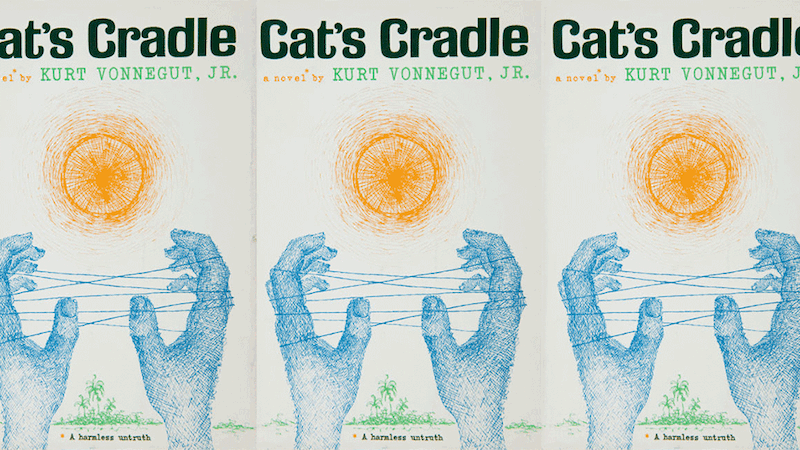
The Unpredictable Machinery of Life: on Kurt Vonnegut’s Cat’s Cradle
from Book Marks
“Cat’s Cradle is an irreverent and often highly entertaining fantasy concerning the playful irresponsibility of nuclear scientists. Like the best of contemporary satire, it is work of a far more engaging and meaningful order than the melodramatic tripe which most critics seem to consider ‘serious.’”

Watch the bonkers trailer for the 1972 adaptation of Slaughterhouse-Five.
by Emily Temple
Vonnegut himself loved the film, and wrote in the preface to Between Time and Timbuktu that it was “a flawless translation . . . I drool and cackle every time I watch that film, because it is so harmonious with what I felt when I wrote the book.”
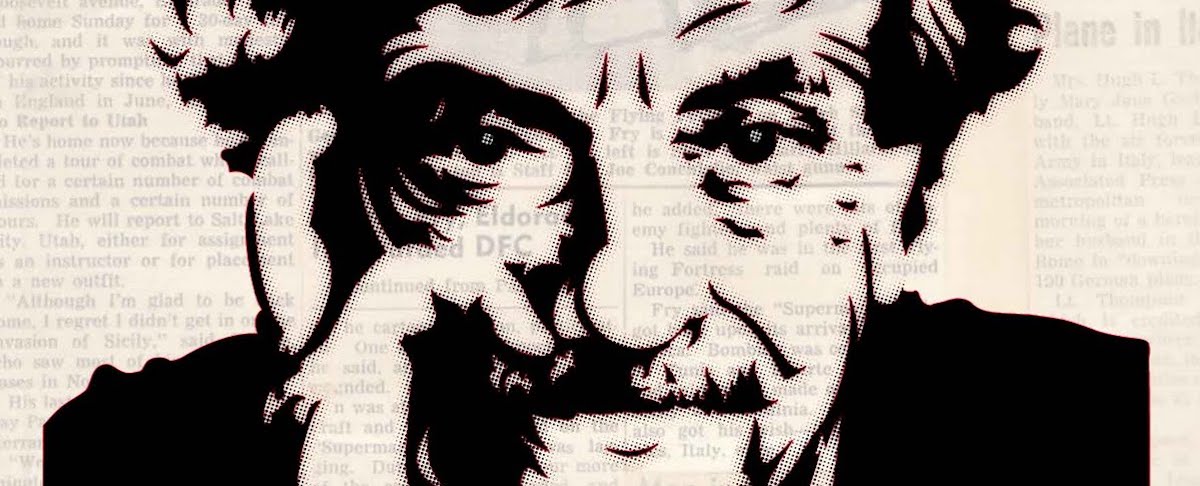
Kurt Vonnegut’s Atheist Marvels, Just in Time For Christmas
How the Famous Humanist Achieved Transcendence Without God
In 2010, three years after the death of Kurt Vonnegut, the British writer Neil Gaiman composed a remarkable foreword to a little-known book by Vonnegut. “I have spoken to Kurt Vonnegut twice now,” Gaiman said. “The first time he was alive. The second time, more recently, he was dead. We met,” Gaiman continued, “at the end of the blue tunnel that links this world with Heaven.” The book was God Bless You, Dr. Kevorkian, a delightful collection of fictional interviews with people Vonnegut claimed to have met in Heaven.
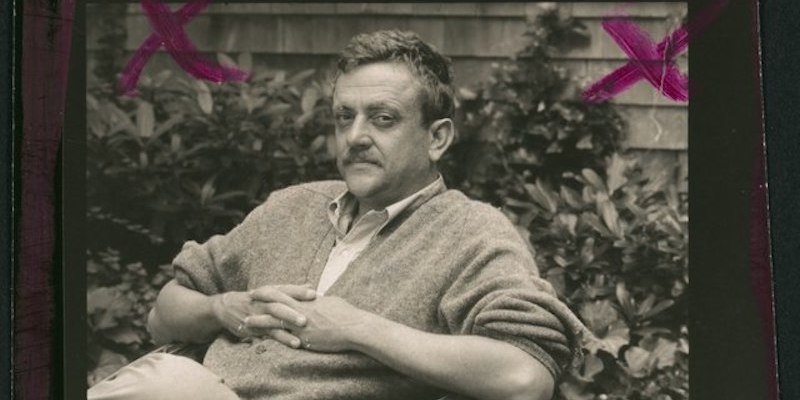
On the Trauma and Creativity Behind Kurt Vonnegut’s Classic Slaughterhouse Five
From the History of Literature Podcast with Jacke Wilson
Jacke talks to journalist Tom Roston about his new biography of Kurt Vonnegut, The Writer’s Crusade: Kurt Vonnegut and the Many Lives of Slaughterhouse Five. PLUS Jacke reads excerpts from one of Vonnegut’s most famous speeches, the address he gave to Agnes Scott College in 1999. Enjoy!

Watch Kurt Vonnegut Recall Entering Dresden as a POW.
by Jonny Diamond
Directed by Robert Weide and Don Argott, Unstuck in Time has been in the making for decades, and offers an intimate, in-depth portrait of the writer who left of us works of genius like Cat’s Cradle, Breakfast of Champions, Bluebeard, and the book that made his name, Slaughterhouse-Five. The exclusive clip features Vonnegut recalling the moments he entered Dresden as a POW, an experience that would shape the rest of his life, and is at the heart of his writing.
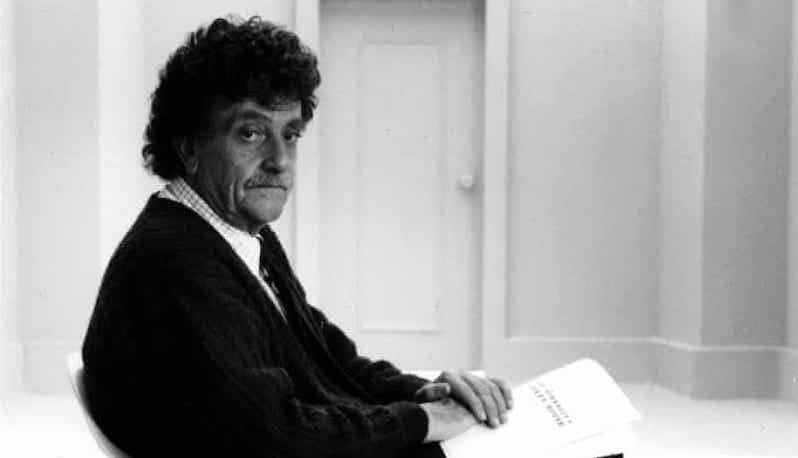
Finding An Unlikely Literary Figure on Tinder: Kurt Vonnegut
Mikka Jacobsen on Why Men Can’t Keep Him Off Their Dating Profiles
“Yes!” I squeal. “Exactly! Bukowski. That’s good.” We are milling under a weak spring sun outside a breakfast diner, postfeast. I’ve been enthralling Luca by telling her something weird about Tinder. All married friends like a good Tinder story. They find it hilarious and thrilling, the way single friends find the same story humiliating and terrible. On Calgary Tinder—amidst the rifle-shining and gleaming scales of fresh-caught fish, the deer carcasses and camouflage, the “partners in crime” flashing peace signs while proudly “living life to the fullest”—I’ve noticed an odd and surprisingly literary phenomenon. Nearly every second male profile lists Kurt Vonnegut as its favorite writer. I say odd, but I’m not yet sure.
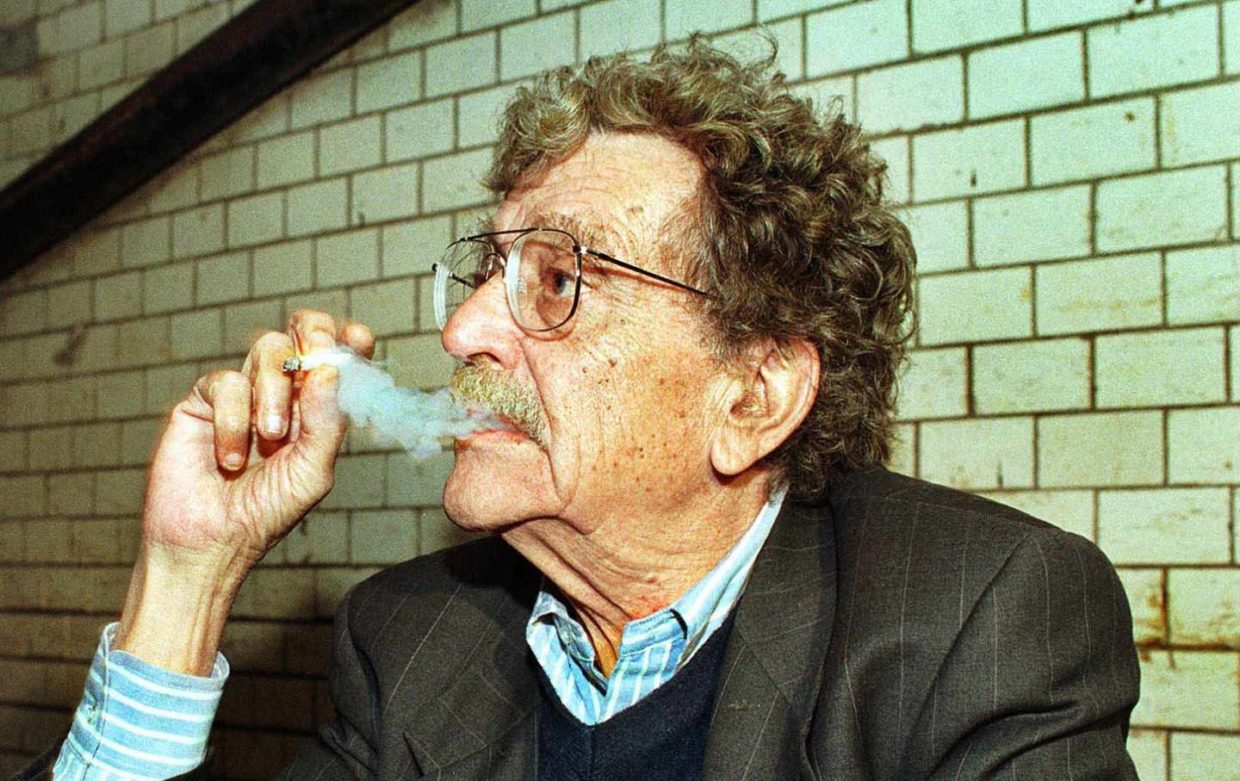
Here’s Benedict Cumberbatch reading Kurt Vonnegut’s advice to the people of 2088.
by Walker Caplan
In a 1988 Volkswagen ad campaign for TIME, of all places, Kurt Vonnegut wrote a letter to the people of 2088. In it, he reflected on the current moment, imagined the next century (apparently, everyone will “sip orange drink through straws like the astronauts”), and offered seven pieces of very good advice.
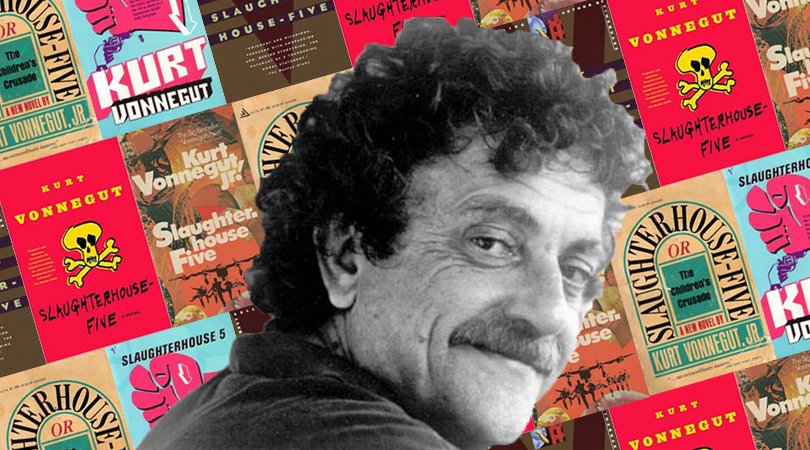
The First Reviews of Slaughterhouse-Five
from Book Marks
“A Vonnegut book is not cute or precious. It is literally awful, for Vonnegut is one of the few writers able to lift the lid of the garbage can, and dispassionately examine the contents. In Slaughterhouse-Five, the author quotes his father as saying, “You never wrote a story with a villain in it.” This may be true, but Vonnegut never wrote a story with a hero in it, either. In Slaughterhouse-Five he also says, ‘Nobody was ridiculous or bad or disgusting,’ and it is within this framework that he writes about an event that should qualify for all those adjectives— the firebombing of Dresden, which Vonnegut experienced as a prisoner of war in Germany.”

Dear Kurt Vonnegut superfans, there’s now a museum you can visit in Indianapolis.
By Leandra Beabout
It’s a good time to be a Kurt Vonnegut fan.
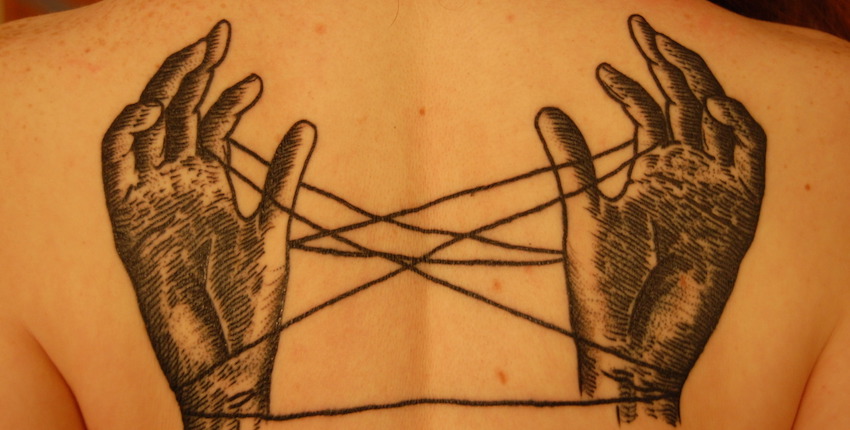
Guess Which Kurt Vonnegut Tattoo is By Far the Most Common?
The Answer May or May Not Surprise You
Like Anne Rice, Sylvia Plath, and J.R.R. Tolkien, Vonnegut seems to inspire an unusually intense form of fandom—maybe because his work, like theirs, is often encountered in one’s formative years. Of course, if you’re not careful, intense fandom can sometimes lead to proselytizing, overstuffed bookcases, and in extreme cases, permanent body art. After all, a lot of people have Vonnegut-related tattoos. But on the anniversary of his death, I wondered: which line from his oeuvre, or image from his brain, is walking around on the most bodies?



